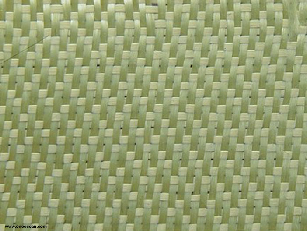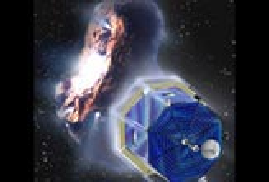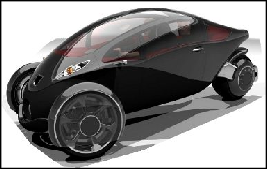



26th July 2008


Stephanie Kwolek created for DuPont a revolutionary material that is used in bullet-
DuPont aren’t the only company to encourage their experts to experiment and bend the rules of research a little – and those that do sometimes come up with world-
Inventors & Inventions
IF IN DOUBT ASK !!!!

Kevlar is a polymer ( a polyamide - actually poly(p-phenylene terephtalamide) but no-one is going to expect you to write that down in your GCSE exam papers ! ) and is therefore made up of long-chain molecules. Its chemistry dictates that the chains are very long and straight - an ideal combination for a material that might be used in the textiles industry. Equally important with a material like this is that
designers look for ways to use properties of the materials and so new uses are constantly appearing. Whilst speeding bullets are perhaps not that common on earth one thing common in space are speeding particles. Especially if a spacecraft is re-entering the atmosphere or of spacecraft (e.g.‘Giotto’) exploring ( photographing) bodies like comets that are collections of dust and ice .... travelling at over 100,000 kph. Even tiny particles such as those in these environ-ments can penetrate steel with ease. With the expanding use of technology in exploring space new uses are bound to be continually created.


Kevlar tyres
Carbon-fibre + Kevlar
car bodies and helmets
car bodies and helmets

Boat hulls


